1.   Discuss the concept of hierarchy levels with regard to the balance sheet in SAP.
There are ten levels possible in the financial statement hierarchy. For each level, an item name and total is assigned to a group of accounts. Higher levels provide more summarization than lower levels, level one being the highest and therefore, least detailed.
2.   Describe how G/L accounts are assigned to the financial statement hierarchy.
G/L accounts are attached to the lowest level of the financial statement hierarchy.
3.   Discuss planning in FI.
Planning in FI utilizes the financial statement version to determine the layout of the planning screens. Changes to the Financial Statement version are immediately reflected in the planning screens (upon re-entry). Values entered in the planning screen are allocated between the periods using a Distribution Key. The figures are entered based on the following:
•   Fiscal Year
•   Version –
•   Business area –
•   Currency –
4.   True or False. An account may be assigned to more than one node? Why?
True. In some cases, an account may be listed in one group when it has a credit balance and another when it has a debit balance. For example, a cash account is an asset when there is a debit balance and a liability when there is a credit (overdraft) balance. This feature is also available for account groups via the debit/credit shift.
5.   Explain the difference between Cost of Sales Accounting and Period Accounting.
Cost of Sales Accounting attempts to match revenues with their associated expenses; whereas, Period Accounting is primarily concerned with the activity occurring over a given time period.



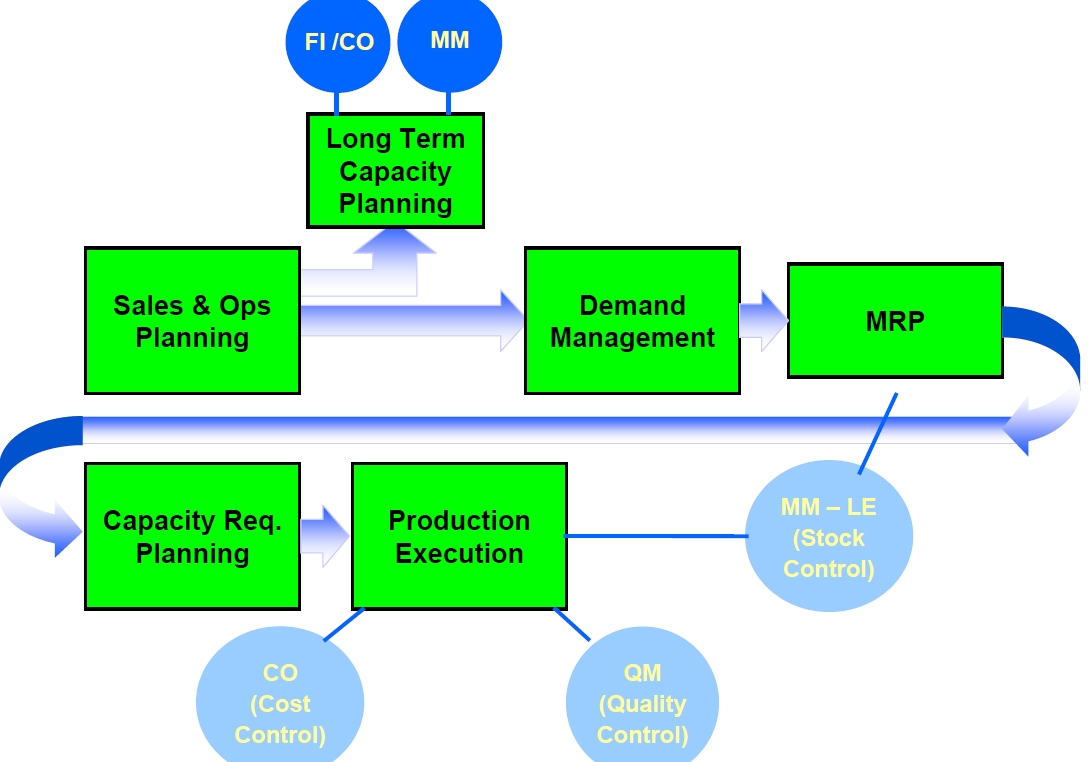
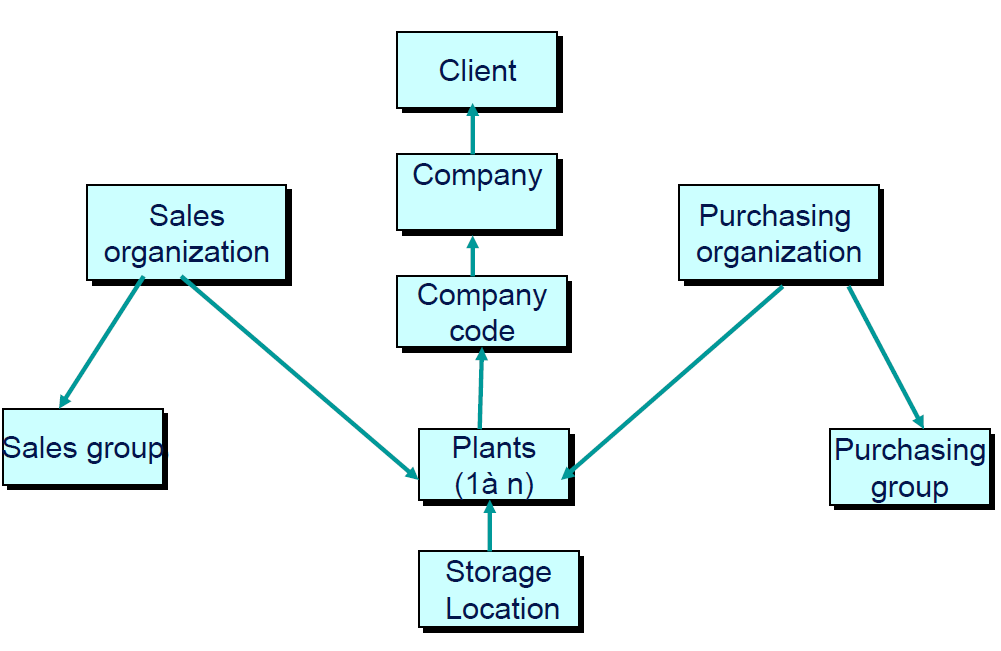
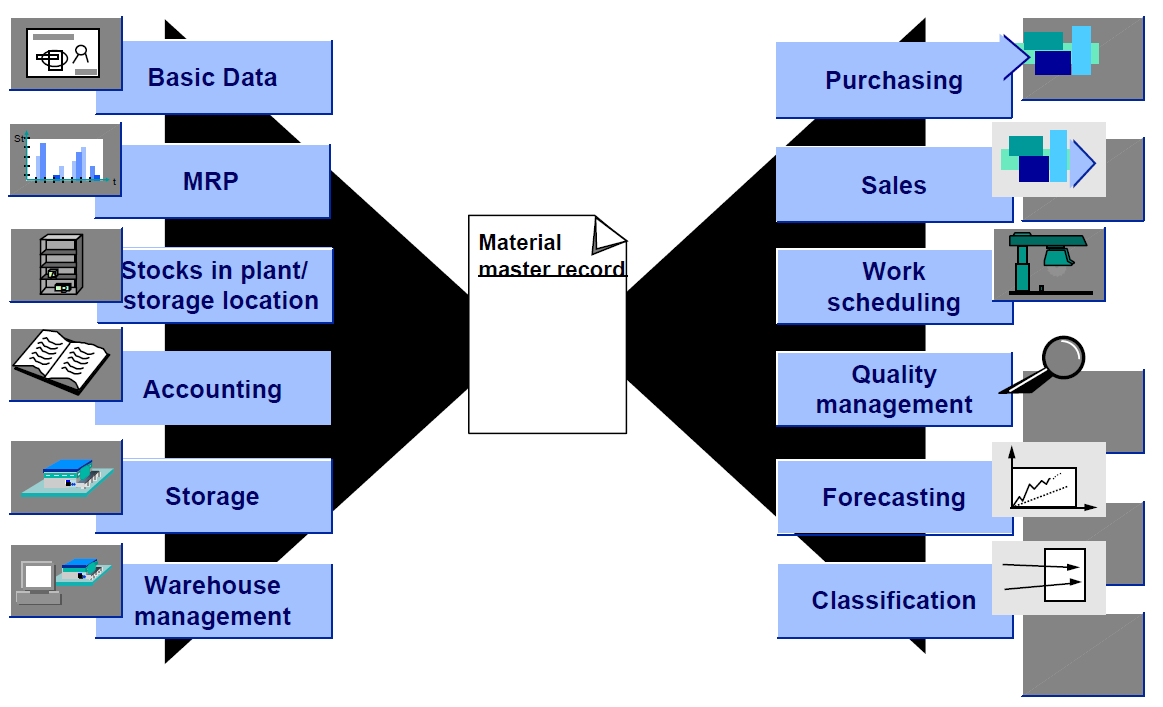
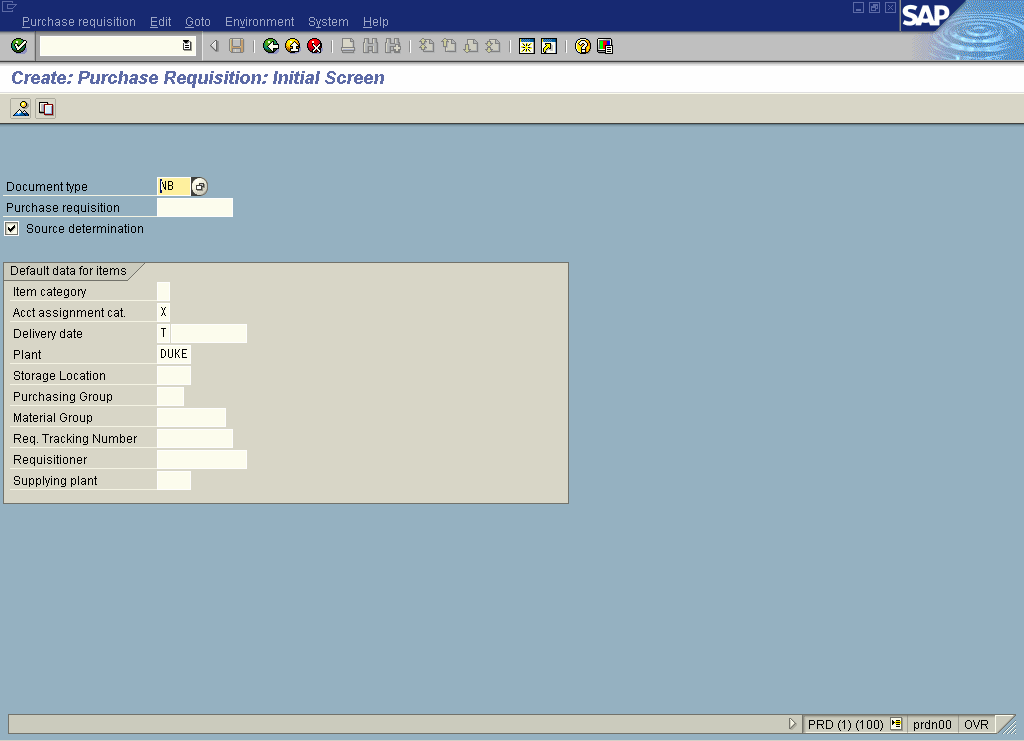
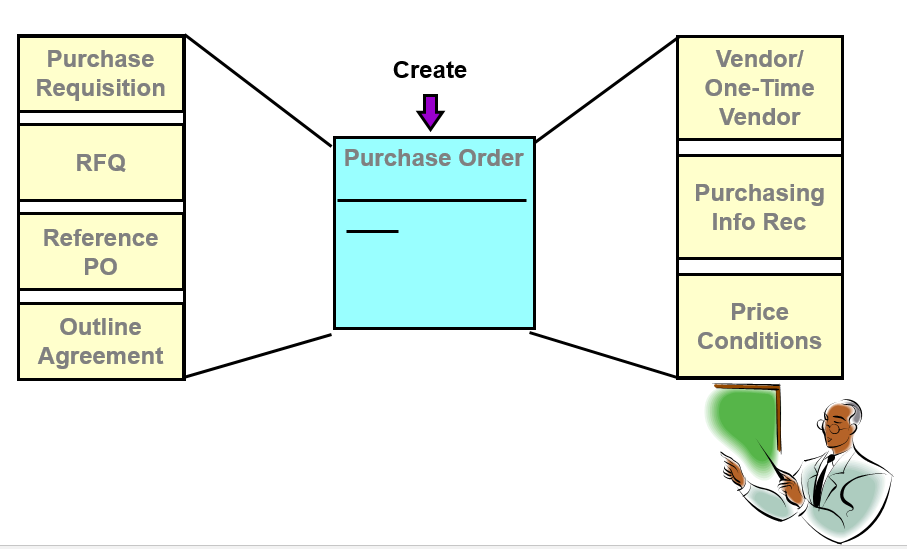
Leave a Reply